An interesting new use-case for the Microsoft HoloLens appeared in a YouTube video from Washington-based DataMesh last month. In it, you can see the HoloLens working in conjunction with the Microsoft Surface Studio, Surface Dial, and Surface Pen for 3D model detailing and visualization in real time.
We have talked about the complexities of 3D modeling, editing, and texturing, and how some of the long-standing problems will likely be alleviated once mixed reality technology matures. Mike Farrell's recent release of Verto Studio VR is a great first step in that direction. The power of walking around a 3D model as you make changes and build it is empowering, to say the least.
Now DataMesh, who we know from their HoloDesign software, has brought this new idea to light. In the video, the HoloLens wearer is using a Surface Studio, along with a Surface Dial and Surface Pen, to create what appears to be the equivalent of a decal. Then, while gazing at the 3D model, the user places the created decal on the 3D model, and proceeds to tweak the look on the the Surface Studio.
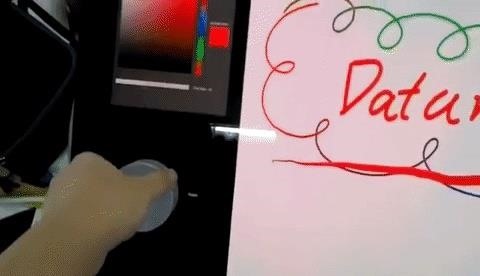
Of course, the next obvious step would be to allow the user to paint the entire object from the HoloLens and use the Surface Studio strictly for detail work. I can imagine the Surface Dial being a great addition to the HoloLens for a tool like this, as it could allow the user's gaze to be the paint brush while changing modes, and applying various properties like brush size, style, or pressure amount.
Keep your web browser pointed to NextReality for more updates on these tools and others like them as they become available.
Are the 3D modelers out there excited about creating and painting your models in an actual 3D environment? Let us know in the comments below.
Just updated your iPhone? You'll find new features for Podcasts, News, Books, and TV, as well as important security improvements and fresh wallpapers. Find out what's new and changed on your iPhone with the iOS 17.5 update.
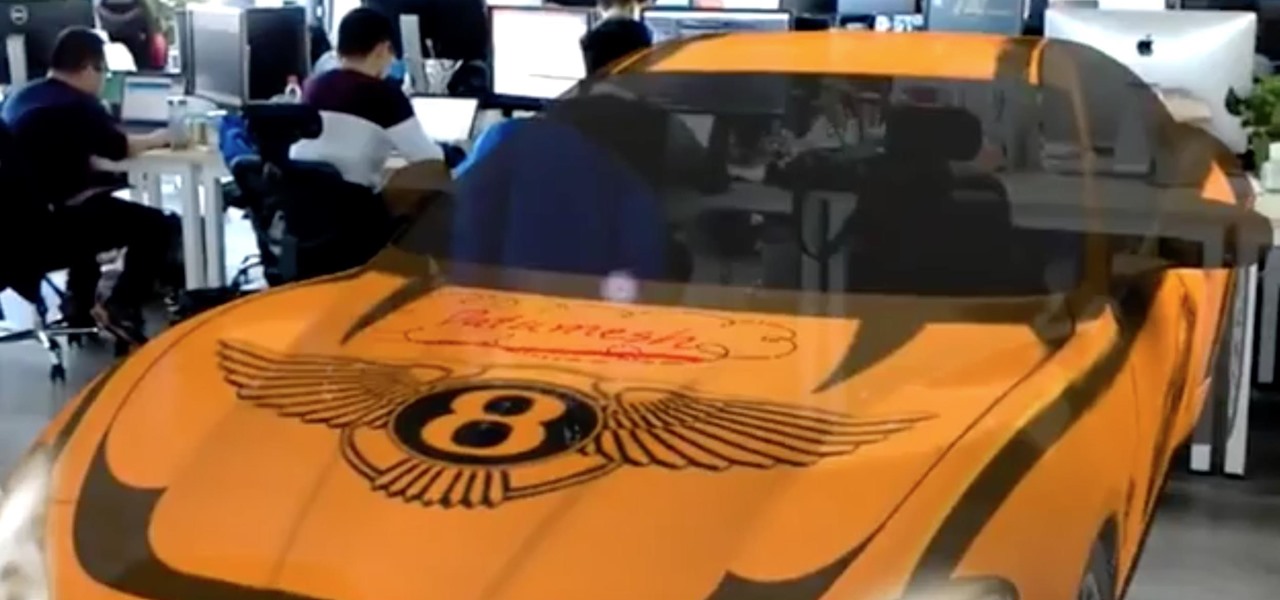

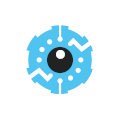
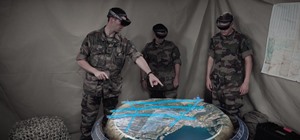
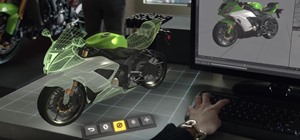

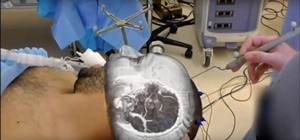
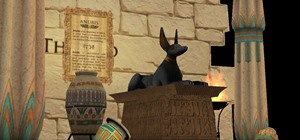

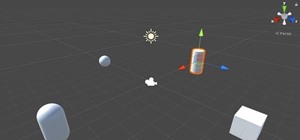

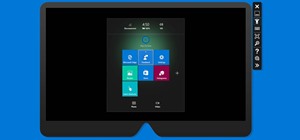
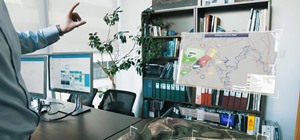
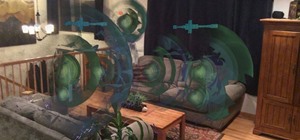
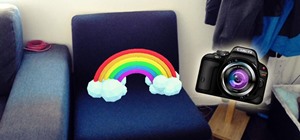
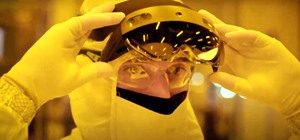
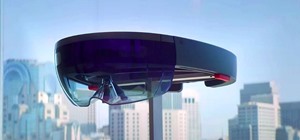
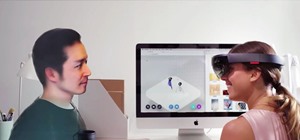
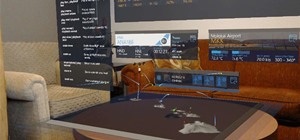
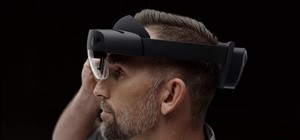
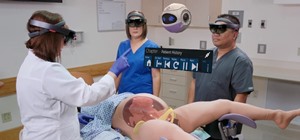
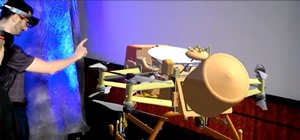
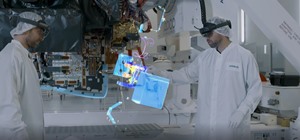
1 Comment
I love this. Ive been thinking about using the Hololens for modeling and texturing. It seems it could make the tedious task so much easier. Like actually sculpting in virtual clay.
Share Your Thoughts